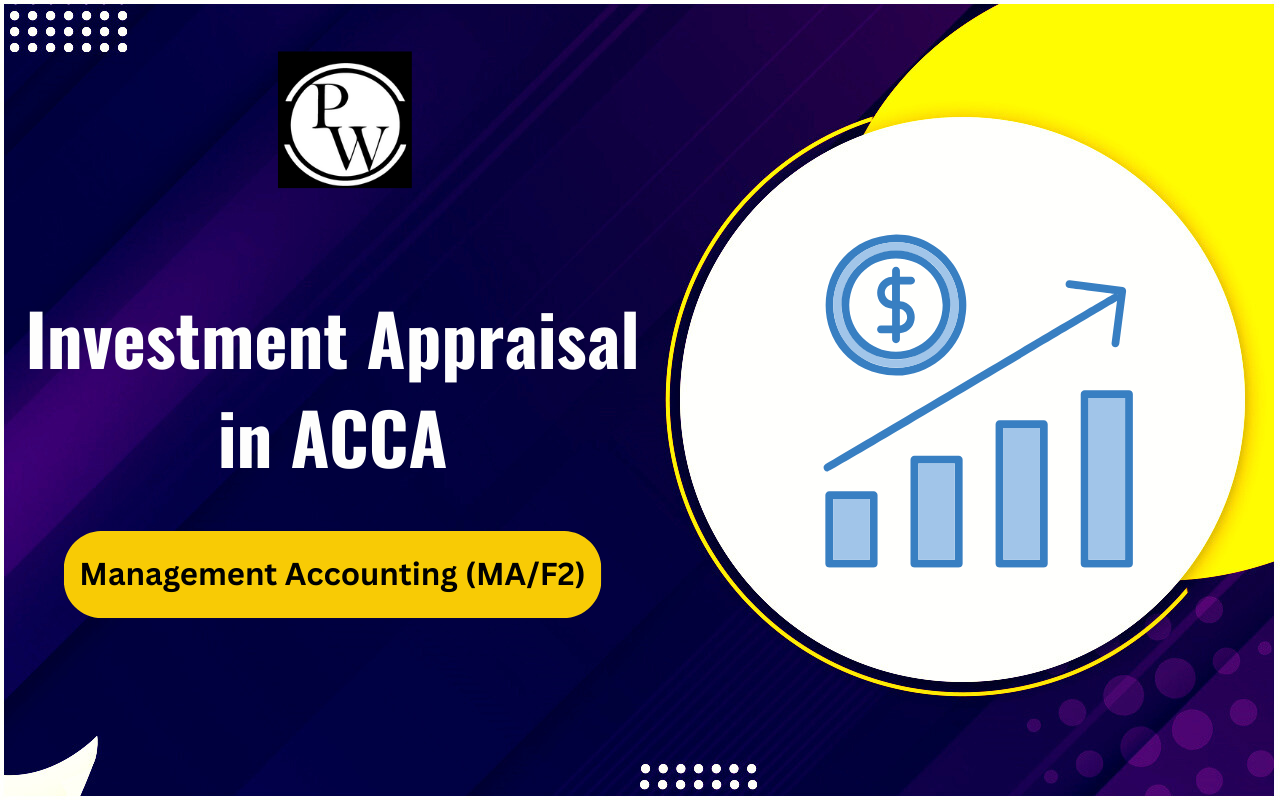
Differential and Integral Calculus are two fundamental branches of mathematics that form the backbone of various concepts not only in science but also in real-world applications. For CA students, mastering differential and integral calculus can greatly enhance their analytical and problem-solving skills. Calculus serves as a vital tool to understand change, rates, and accumulation, key concepts that resonate with subjects like finance, economics, and statistics.
This article will explore the profound applications of differential and integral calculus for CA exams , their significance, and how they apply to real-life scenarios. By breaking down the concepts in a simple and student-friendly language, we aim to bridge the gap between understanding and application.
Differential and Integral Calculus
Calculus consists of two interconnected parts: Differential Calculus and Integral Calculus. The beauty of these concepts lies in their ability to study continuous change and solve problems involving accumulation.Differential calculus focuses on finding the rate of change of a quantity. For instance, if you want to know the speed at which a car moves at an instant, differential calculus comes into play.
Integral calculus , on the other hand, deals with summing quantities or calculating areas under curves. It finds its use when you need to evaluate distances, volumes, or accumulations of values.
Together, differential and integral calculus form a cohesive mathematical framework to interpret and solve various real-world problems. For CA students, a strong grip on these topics equips them with the tools necessary to excel in fields like financial modeling, forecasting, and data interpretation.Applications of Differential Calculus
Differential calculus allows us to measure change and identify critical points in mathematical functions. The following are a few core applications of differential calculus in practical scenarios:Rate of Change and Velocity
The most basic application of differential calculus is measuring the rate of change. For example, the speed of a car is the rate of change of distance over time. Let’s say represents the distance traveled as a function of time . The derivative measures the velocity of the moving car. CA students often use similar concepts to understand financial rate changes such as interest rates, profit, or revenue growth.Finding Maxima and Minima of Functions
The derivatives are extremely helpful for optimizing real-world problems. For example, in finance, CA students often calculate the maximum profit or minimum cost. If is the profit function, using helps determine the points where profit is maximized. This powerful application of differential calculus is invaluable for solving business optimization problems.Slopes and Tangents to Curves
Differential calculus helps us calculate the slope of a curve or the rate at which one quantity changes with respect to another. For instance, if you are analyzing a curve representing financial trends, finding its slope gives insights into changes in financial performance. The formula provides the instantaneous slope of a curve at a point. This helps analysts and CA professionals understand fluctuations in trends and project financial movements.Applications of Integral Calculus
Integral calculus revolves around accumulation, whether it’s finding areas, volumes, or other aggregated values.Calculating Areas Under Curves
The most fundamental use of integral calculus is finding areas under curves. For instance, in economics and accounting, it helps calculate consumer surplus or total revenue when given demand and price curves. For a function , the integral gives the area between and . Such applications allow CA students to analyze cumulative trends effectively.Accumulating Totals Over Time
Whether it’s summing up revenues, calculating total profits over time, or measuring cumulative costs, integral calculus is used widely. When provided with a rate of change, integration allows you to determine the accumulated value. For instance:- If is a revenue rate, integrating gives the total revenue.
- If represents daily costs, integrating helps determine the cumulative cost.
Finding Volumes of Solids
Another advanced yet essential application of integral calculus is finding the volume of irregular shapes. While it may seem theoretical, this method finds its use in industries that calculate raw material quantities or measurements of non-uniform goods. For CA students who deal with statistical models, area and volume calculations allow a clearer understanding of proportional data.Applications of Differential and Integral Calculus in Real Life
The following are some applications of Differential and Integral Calculus:Economic Forecasting and Optimization
Economic analysis heavily relies on both differential and integral calculus. Predicting trends, evaluating production outputs, and managing financial risks involve analyzing complex functions to optimize results. Derivatives help identify turning points in financial curves, whereas integrals accumulate total costs or profits. For example:- Calculus-based techniques help determine optimal price points for profit maximization.
- Integrals assist in calculating aggregate tax revenues, budget distributions, and resource allocations.
Statistical Modeling and Data Analysis
In data analytics, differential and integral calculus provide tools to model changing trends, interpret large data sets, and determine cumulative probabilities. Regression analysis and curve-fitting, key concepts in business and finance, use derivatives and integrals extensively.Financial Rate of Change
Differential calculus finds widespread application in understanding financial rates, like interest growth or the rate of return on investments. For CA students, mastering this skill helps analyze fluctuating rates and make informed decisions regarding financial portfolios. Both differential and integral calculus play a significant role in understanding change and accumulation, skills that every CA student needs to master. Whether you are solving optimization problems, analyzing financial growth, or predicting cumulative trends, calculus equips you with tools to succeed in complex financial calculations. If you want to level up your preparation and build your concepts from scratch, explore PW CA Courses. Designed to help you master technical concepts and crack your CA exams confidently, these courses are your perfect companions for success.Differential and Integral Calculus</span><span style=
What is differential calculus used for?
What are the real-life applications of integral calculus?
How do maxima and minima help in financial analysis?
What is the key difference between differential and integral calculus?








